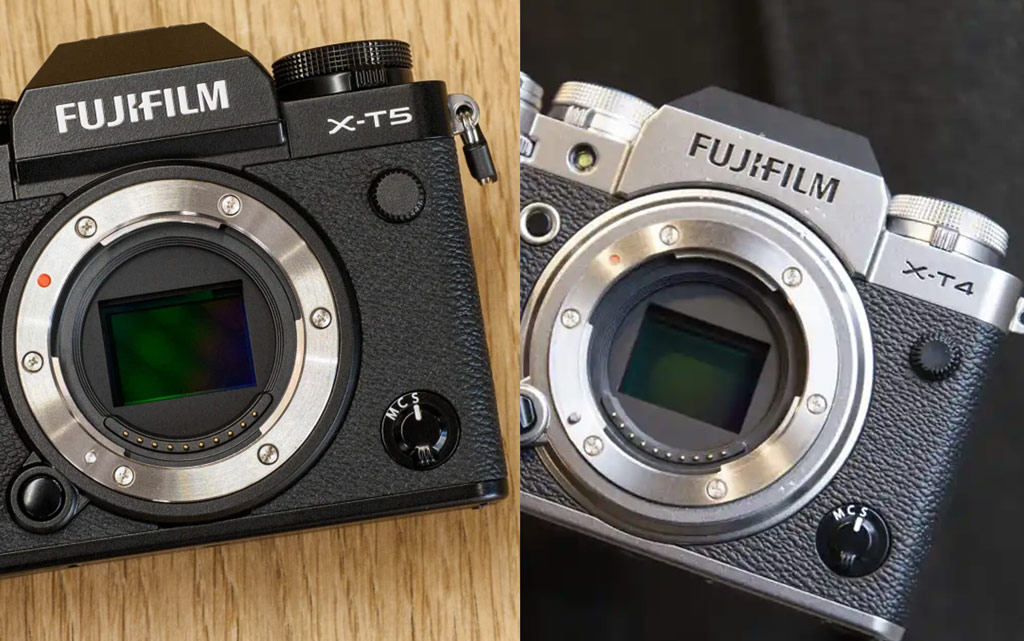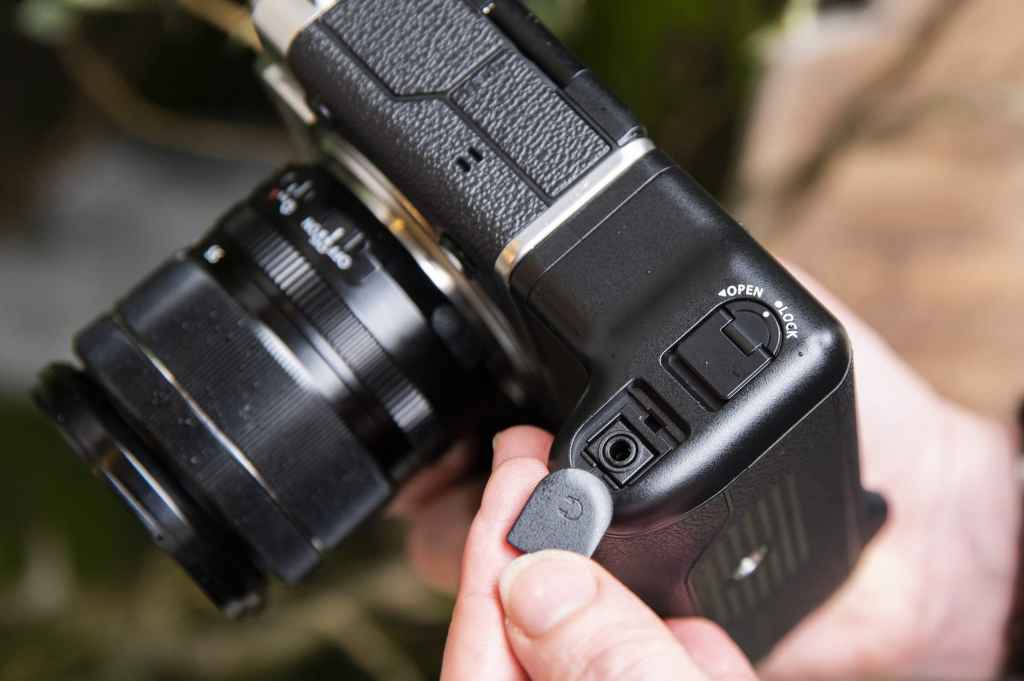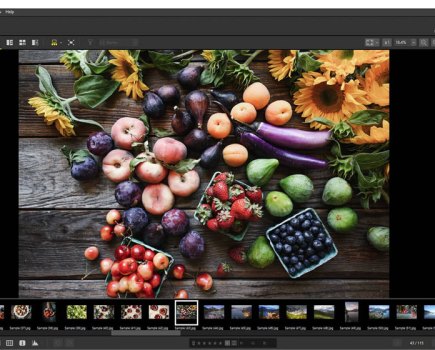The Fujifilm X-T5 is the latest camera of Fujifilm’s premium X-T models which is notably fitted with a 40MP image sensor and as such we thought it would be worthwhile to have a look at it in detail and compare it to its predecessor, the Fujifilm X-T4. So, let’s dive in and compare the Fujifilm X-T5 vs Fujifilm X-T4.
14 things you need to know about the Fujifilm X-T5 compared to the Fujifilm X-T4
Fujifilm X-T5 Vs Fujifilm X-T4 Sensor Technology and Features
Image Sensor:
- Fujifilm X-T5: 40.2MP APS-C X-Trans CMOS 5 HR sensor
- Fujifilm X-T4: 26.1MP APS-C X-Trans CMOS 4 sensor
The Fujifilm X-T4 has a 26.1MP sensor, the same used inside the X-T3. For the Fujifilm X-T5, the image sensor has seen changes, including a whopping 40.2MP sensor (the same as the X-H2) and its X-Processor 5 is twice as fast as the one on the Fujifilm X-T4. It is worth noting that while that model was aimed at photographers and videographers alike, the X-T5 was designed with stills photographers in mind.
Image stabilisation:
- Fujifilm X-T4: 5-axis in-body image stabilisation, up to 7 stops
The Fujifilm X-T4 was the first X-series camera to have in-body stabilisation (IBIS), and its shock absorbing structure has been refined to stabilise the smallest of shakes and it carries out over 10,000 corrections per second to achieve up to 6.5 stops of stabilisation with 18 out of 29 Fujinon XF lenses.
The Fujifilm X-5‘s IBIS is slightly better, rated for up to 7 stops of shake reduction and includes a Pixel Shift Multi-Shot function. This increases the resolution by a factor of four by capturing 20 frames with one shutter button press.
ISO range:
- Fujifilm X-T5: 64-51200 (extended)
- Fujifilm X-T4: 80-51200 (extended)
The sensitivity of the Fujifilm X-T4‘s sensor spans ISO 160-12,800 (expandable to ISO 80-51,200), and in our review of the X-T4 we found that a key strength was the way it handles noise and preserves fine detail up to ISO 12,800.
The Fujifilm X-T5 has a standard sensitivity range of ISO 125-12,800, which is expandable to ISO 64-51,200 and thanks to its 40MP sensor, it records noticeably more detail than most full-frame cameras. ISO 125, which was an extended level of sensitivity on the XT-4, becomes available as a standard option in the X-T5. While quality deteriorates progressively from ISO 1600, the X-T5 also provides quality high-ISO images up to 12,800.
Fujifilm X-T5 Vs Fujifilm X-T4 Shooting and Focus
Continuous shooting:
- Fujifilm X-T5: 15fps continuous shooting (mechanical shutter), or 20fps and 30fps (electronic shutter, with1.29x crop)
- Fujifilm X-T4: 15fps (mechanical); 20 fps and 30 fps (electronic, with a 1.25x crop)
The Fujifilm X-T4, with its mechanical shutter, is capable of shooting continuous bursts at up to 15 fps. The X-T4’s buffer can handle 35 uncompressed Raw images, or 110 Normal JPEGs before it requires a breather. Select the X-T4’s electronic shutter and you’re able to shoot even faster at 20fps, or up to 30fps with a 1.25x crop of the sensor.
Continuous shooting is also available in the Fujifilm X-T5 at 15 fps using the mechanical shutter, or 20fps and 30fps using the electronic shutter with a 1.29x crop (which gives 24MP images). One concession to the X-T5’s lower price, though, is a smaller buffer, taking as few as 19 frames when shooting 40MP uncompressed raw files.
Shutter speeds available:
- Fujifilm X-T5: 1/8000sec (mechanical), 1/180,000sec (electronic)
- Fujifilm X-T4: 1/8000sec (mechanical), 1/32,000sec (electronic)
Engaging the Fujifilm X-T4’s silent electronic shutter can be used to shoot beyond the mechanical shutter’s 1/8000sec limit up to 1/32,000sec.
The Fujifilm X-T5 takes this up a notch and its electronic shutter goes further beyond the mechanical shutter’s 1/8000 limit up to 1/180,000.
AF system:
- Fujifilm X-T5: 117 or 425 AF points
- Fujifilm X-T4: 117 or 425 AF points
The Fujifilm X-T4 features 117 or 425 AF points, with Zone and continuous AF tracking as well as face and eye-detection. Focus is sensitive down to -6EV.
The Fujifilm X-T5 features 117 or 425 AF points, same as the X-T4. Apart from AF tracking, and face and eye recognition, it gains subject detection autofocus and AI subject detection, which can recognise and focus specifically on animals, birds, cars, motorcycles, airplanes and trains. What’s more, as they get larger and clearer within the frame, it understands which specific part of the subject it should focus on.
Fujifilm X-T5 Vs Fujifilm X-T4 Screen, Viewfinder and Video
Screen:
- Fujifilm X-T5: 3in, 1.84million-dot, 3-way tilting touchscreen
- Fujifilm X-T4: 3in, 1.62-million-dot vari-angle touchscreen
The Fujifilm X-T4 has a side-hinged, fully articulated touchscreen with a resolution of 1.62m dots. In our review, we found that though it offers better maneuverability across a wider range of angles, it sticks out at the side, isn’t as fast to pull out and has limited movement when an L-bracket is attached.
Fujifilm brought back the 3-way tilting touchscreen of earlier X-series cameras for the X-T5, this time with a resolution of 1.84m dots. This suits stills photographers who shoot at high or low angles in both portrait and landscape formats, but don’t need a forward-facing option for self-shooting.
Viewfinder:
- Fujifilm X-T5: 3.69m-dot, 0.75x magnification
- Fujifilm X-T4: 3.64m-dot, 0.8x magnification
The Fujifilm X-T4 sports a 0.5in, 3.69 m-dot OLED electronic viewfinder (EVF).The X-T5 has a 3.64m-dot OLED EVF with 0.8x magnification and a Natural Live View option which aims to mimic the experience of shooting with an optical viewfinder, with reduced saturation and brightened shadows.
Video:
- Fujifilm X-T5: 6K 30p, 4K 60p, Full HD 240p
- Fujifilm X-T4: 4K 60/50/30/25/24p, 400Mbps/200Mbps/100Mbps, Full HD (240,100,60,50,30,25,24p) 200Mbps/100Mbps/50Mbps
The Fujifilm X-T4 has a host of video options, broadcast-quality 4K/60P 4:2:2 10-bit HDMI output and 4K/60P 4:2:0 10-bit internal recording to an SD card is available up to a maximum record time of 20 minutes, with high-speed 240p recording available in Full HD resolution for up to 3 minutes.
Video is one area where the X-T5 lags behind its hybrid sibling but still has a few advantages over the X-T4. It’s capable of recording in 6.2K resolution at 30fps, with 4:2:2 10-bit colour and a 1.23x crop. 4K HQ output is also available at 30fps via 6.2K over-sampling with the same crop, while standard-quality 4K can be output at 60fps from the full sensor width.
Fujifilm X-T5 Vs Fujifilm X-T4 Memory, Ports and Connectivity
Memory card slots:
- Fujifilm X-T5: Dual UHS-II SD slots
- Fujifilm X-T4: Dual SD slot (UHS-II compatible)
Support for SD cards comes with both cameras, and they support UHS-II SD cards, which give quicker read and write speeds. CFexpress cards give even quicker read/write speeds, as well as more solid construction, but these cards tend to be noticeably more expensive than SD cards.
Ports and Connectivity:
- Fujifilm X-T5: Wi-Fi, Bluetooth, Microphone, micro HDMI, USB-C
- Fujifilm X-T4: Wi-Fi, Bluetooth, Microphone, USB-C, HDMI, USB
All cameras offer various connectivity options, and both the X-T5 and X-T4 have them. Unlike the X-T3 that came before it, the X-T4 lacks a headphone jack but it does have a headphone input in its battery grip. The X-T5 also has a PC sync flash socket on the front.
Battery life:
- Fujifilm X-T5: 580 shots (standard), 740 shots (economy)
- Fujifilm X-T4: 500 shots (standard), 600 shots (economy)
The Fujifilm X-T5 has the best battery, with 580 shots in standard mode and an impressive 740 shots in economy mode compared to the X-T4’s 500 shots in standard mode and 600 shots in economy mode.
Fujifilm X-T5 Vs Fujifilm X-T4 Body
Size, Weight and weather-sealing:
- Fujifilm X-T5: 129.5 x 91 x 63.8mm, weight 557g
- Fujifilm X-T4: 134.6×92.8×63.8mm, weight 607g with battery and card
Both cameras are weather sealed. At 134.6 x 92.8 x 63.8mm, the X-T4 is slightly larger and has a deeper grip, suited to photographers with large hands and big fingers. The X-T5’s dimensions, on the other hand, are much closer to those of the original X-T1, at 129.5 x 91 x 63.8mm. Like the X-T4, the X-T5 has weatherproof construction.
Price:
- Fujifilm X-T5: £1699 body-only
- Fujifilm X-T4: £1549 body-only
The Fujifilm X-T4 was originally priced at £1549 when it was released. Being the slightly older camera, it has the advantage of a price drop and can currently be bought new for around £1399/$1549 as well as used for around £929/$1029. The Fujifilm X-T5 is a bit more expensive at £1699/$1699 and can be bought used at £1599.
Related articles:
Fujifilm X-T5 review: 40MP stills sensation
Best Fujifilm cameras to buy in 2023












